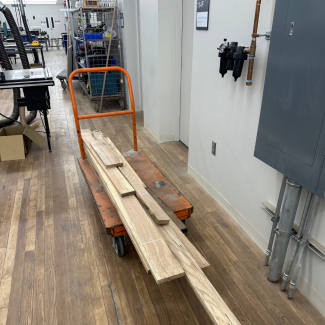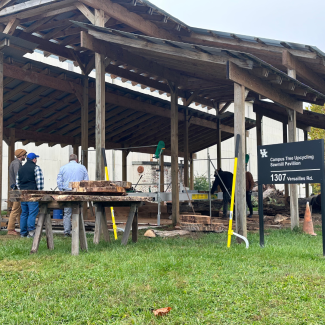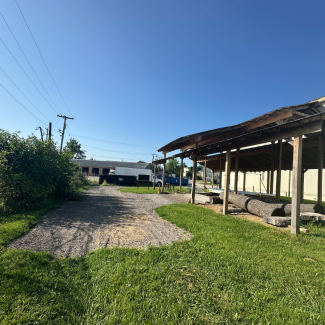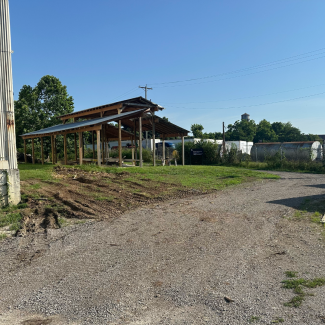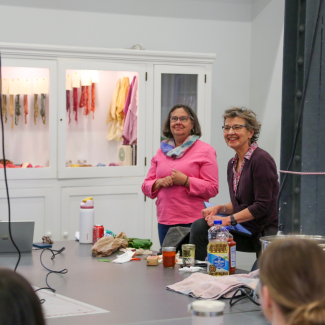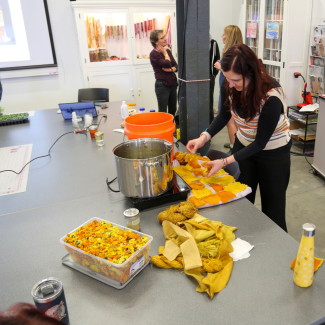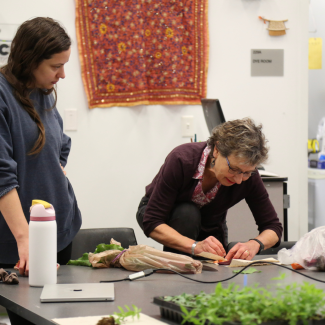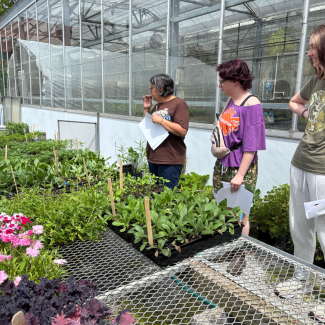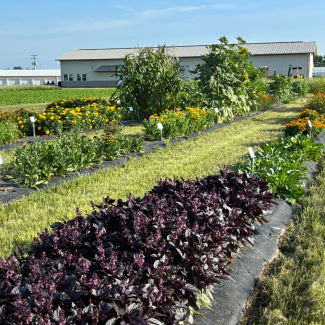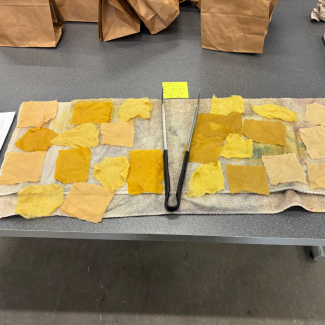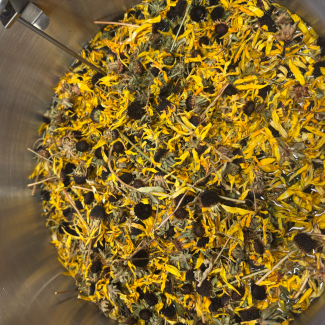The walkway between the Gray Design Building (GDB) and the School of Art and Visual Studies (SAVS) is currently characterized by a mown lawn with small, spotty perennial patches on the eastern side of the walk and a mown lawn and a wooded ravine on the west side. The project partners propose using in-kind services and a Sustainability Challenge Grant to redesign the current walk experience into a native prairie grassland landscape with artwork, picnic areas, shade trees, and signage. The process for the design and construction of the landscape will involve the work of multiple participants:
- Design and construction detailing by students in the Landscape Architecture department’s second-year studio and planting design courses
- Technical leadership for design and plant selection and establishment methods by faculty and staff in Landscape Architecture Department
- Construction implementation and planting by the UK Student Chapter, American Society of Landscape Architects and UK Horticulture club, with the guidance of faculty and staff and in cooperation with UK Physical Plant Division
- Artwork by the SAVS students and faculty in collaboration with a Product Design faculty in the UKY College of Design
- Site elements by Landscape Forms as outlined in the Sasaki Site Elements Guidelines of the UKY Masterplan could be added with additional funds in 2026 and 2027.
The primary purpose of the grassland intervention for this project is to provide an educational opportunity to broaden the public’s understanding of the importance of grassland habits to wildlife and humans. Plants for the walkway grassland will be selected to evoke the prairies, barrens (primarily grasses), and glades (with exposed bedrock) of the Northern Interior Low Plateau physiographic regions of Central Kentucky (including the Bluegrass and Knobs regions).
Team: Tracey Miller, Assistant Professor, Department of Landscape Architecture; Jordan Phemister, Senior Lecturer, Department of Landscape Architecture; S.K. O’Brien, Assistant Professor, Department of Product Design; Garry Bibbs, Professor, School of Art and Visual Studies; Chad Eby, Assistant Professor, School of Art and Visual Studies; Jerry Hart, Grounds Superintendent, Facilities Management

